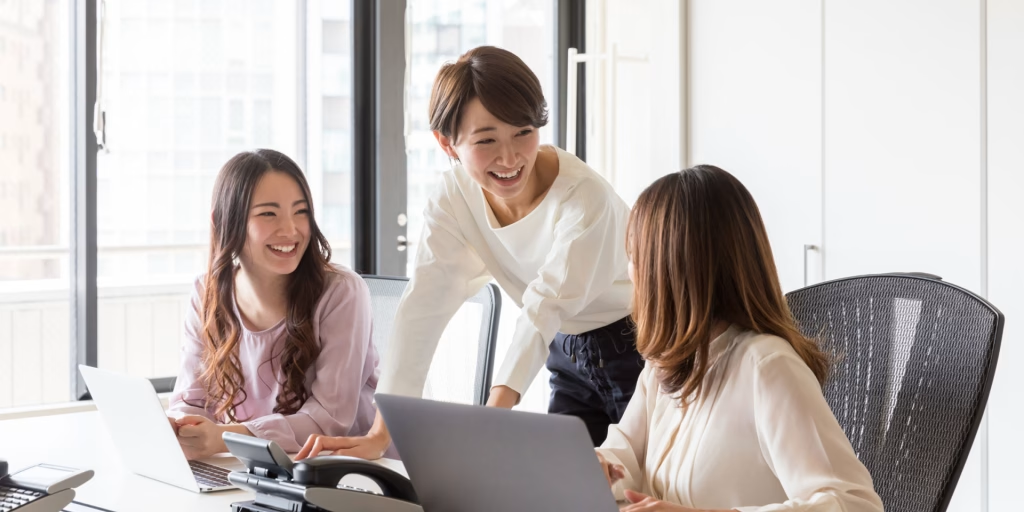
The Art of Pitching: A Guide to Crafting Your Pitch
In the competitive landscape of business and entrepreneurship, the ability to pitch an idea effectively can be the difference between success and failure.
Whether you’re presenting a new product to potential investors, proposing a strategic plan to stakeholders, or selling a service to clients, a well-crafted pitch is essential. It’s not just about what you say, but how you say it. This guide builds upon the foundational principles discussed in ‘The Art of Pitching: Knowing the Basics’ and provides advanced strategies for refining your pitch.
Communication Skills
Effective Verbal Communication:
Your voice is a powerful tool that can engage and persuade your audience. To improve vocal delivery, focus on modulating your tone to convey enthusiasm and sincerity. Pace your speech to allow key points to resonate, and use emphasis to highlight the most critical parts of your message.
Regularly practicing tongue twisters can enhance articulation, while reading aloud can improve fluency.
Recording yourself and analyzing the playback offers insights into areas where you can adjust your verbal delivery for maximum impact.
Nonverbal Communication:
Nonverbal cues often speak louder than words. Effective body language, such as open gestures and a confident stance, can reinforce the strength of your pitch. Facial expressions should align with the message you’re conveying, whether it’s passion for your project or concern for a problem you’re addressing.
Eye contact is crucial; it builds trust and shows that you are engaged with your audience. To manage nervousness, practice deep breathing techniques and visualize a successful outcome before stepping onto the stage.
Handling Q&A Sessions
Prepare for Potential Questions:
A robust Q&A session can solidify the credibility of your pitch. Anticipate potential questions by thoroughly understanding your material and considering your audience’s perspective.
Prepare clear, concise responses and practice delivering them confidently. Mock Q&A sessions with colleagues or mentors can simulate the pressure of real-time questioning and help you refine your answers.
Active Listening and Engagement:
During Q&A sessions, active listening is vital. It demonstrates respect for the questioner and ensures that you fully understand the inquiry before responding. Engage with your audience by paraphrasing their questions for clarity and answering directly.
If faced with challenging or unexpected questions, remain calm and composed. Use phrases like ‘That’s an excellent question’ to buy time and formulate a thoughtful response.








Responses